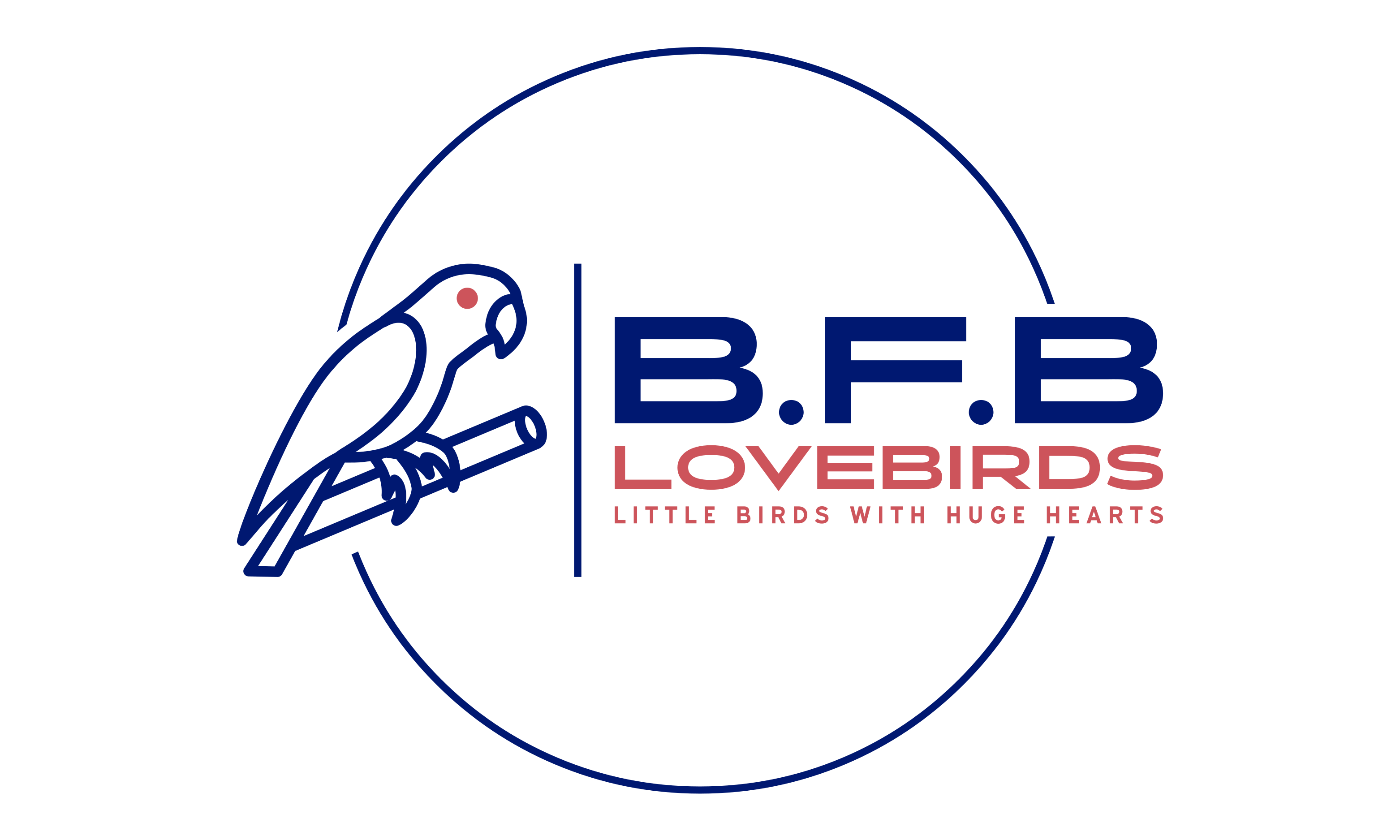Pets have long been recognised for their therapeutic benefits, offering companionship, emotional support, and even improving physical health. Among various pets, Lovebirds stand out as a unique choice for children with special needs. These small, colourful parrots are not only visually appealing but also possess characteristics that make them suitable companions for children requiring special care. This article explores the benefits of Lovebirds as pets for children with special needs, backed by scientific research and expert opinions.
Understanding Lovebirds
Lovebirds, belonging to the genus *Agapornis*, are small parrots native to Africa and Madagascar. They are known for their vibrant plumage and strong pair bonds. These birds are relatively small, typically measuring about 5 to 7 inches in length, which makes them manageable for children. Lovebirds are social creatures, thriving on interaction with their human caretakers, which can be particularly beneficial for children who need companionship and a sense of responsibility.
Therapeutic Benefits of Lovebirds
1. **Emotional Support**: Lovebirds can provide emotional stability and companionship. For children with special needs, the presence of a pet can reduce feelings of loneliness and anxiety. Studies have shown that interactions with pets can increase the release of oxytocin, a hormone associated with bonding and stress reduction.
2. **Social Skills Development**: Interacting with Lovebirds can help children improve their social skills. The responsibility of caring for a pet can teach children empathy, patience, and communication. This is especially beneficial for children with autism spectrum disorders (ASD), who often struggle with social interactions. A study published in the *Journal of Autism and Developmental Disorders* found that children with ASD who had pets showed increased social skills and decreased problem behaviours.
3. **Cognitive and Motor Skills**: Caring for Lovebirds involves routine tasks such as feeding, cleaning, and interacting with the bird. These activities can enhance cognitive functions and fine motor skills in children. Engaging with a Lovebird can encourage problem-solving and decision-making, as children learn to understand the needs and behaviours of their pet.
4. **Sensory Stimulation**: Lovebirds, with their bright colours and melodious sounds, provide rich sensory input. For children with sensory processing disorders, this can be both calming and stimulating. The varied textures, colours, and sounds from interacting with Lovebirds can help children integrate sensory information more effectively.
Scientific Research on Pets and Special Needs
Scientific research supports the therapeutic benefits of pets for children with special needs. A study by the University of Missouri demonstrated that children with autism who had pets showed increased social skills, such as introducing themselves, asking for information, and responding to others’ questions. Another study published in the *American Journal of Occupational Therapy* found that children with developmental disorders who interacted with animals showed improved motor skills and increased motivation for participation in daily activities.
Practical Considerations for Keeping Lovebirds
1. **Environment**: Lovebirds require a safe and stimulating environment. Their cage should be spacious, with perches, toys, and enough room to fly short distances. Ensure that the cage is placed in a location where the bird can interact with the family but also retreat to a quiet area if needed.
2. **Diet and Health**: A balanced diet is crucial for the health of Lovebirds. They thrive on a diet of seeds, fruits, and vegetables. Regular visits to an avian veterinarian are essential to monitor their health and prevent common diseases.
3. **Interaction and Training**: Lovebirds are intelligent and can be trained to perform simple tricks, which can be a fun and rewarding experience for children. Training sessions can be used to teach the bird to step up onto a finger, return to the cage, or even mimic sounds.
4. **Supervision**: Children should always be supervised when handling Lovebirds to prevent accidental harm to either the bird or the child. Teaching children gentle handling and respect for the bird’s space is crucial.
Conclusion
Lovebirds can be exceptional pets for children with special needs, offering emotional support, enhancing social skills, and providing sensory stimulation. Their manageable size, social nature, and vibrant presence make them ideal companions. With proper care and attention, Lovebirds can enrich the lives of children, helping them develop essential skills and offering a unique form of companionship. Scientific research underscores the benefits of pet ownership for children with special needs, making Lovebirds a valuable consideration for families seeking a therapeutic pet.
References
– McNicholas, J., & Collis, G. M. (2000). Dogs as catalysts for social interactions: Robustness of the effect. *British Journal of Psychology*, 91(1), 61-70.
– O’Haire, M. E. (2013). Animal-assisted intervention for autism spectrum disorder: A systematic literature review. *Journal of Autism and Developmental Disorders*, 43(7), 1606-1622.
– Grandgeorge, M., & Hausberger, M. (2011). Human-animal relationships: From daily life to animal-assisted therapies. *Annals of Veterinary Research*, 42(2), 112-123.

